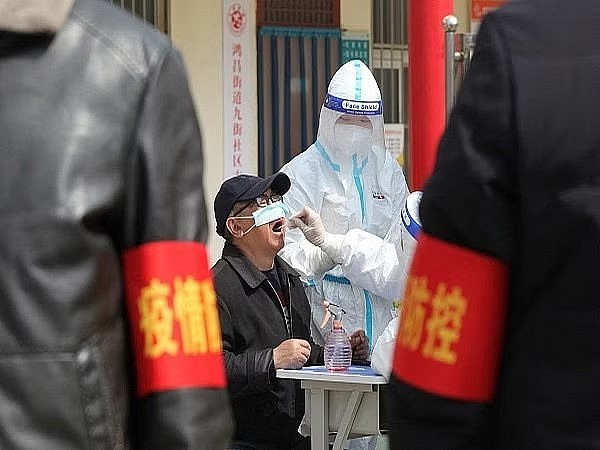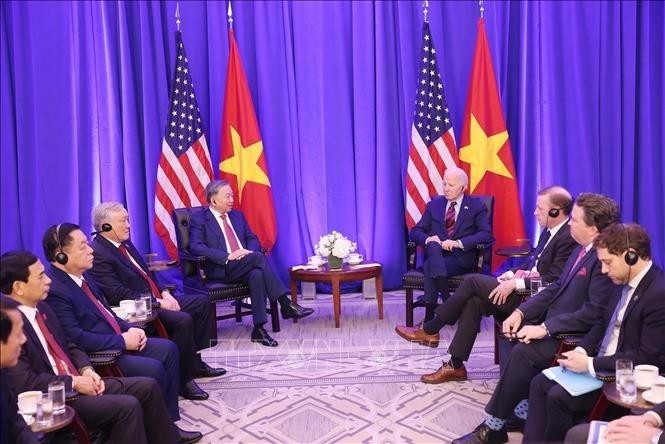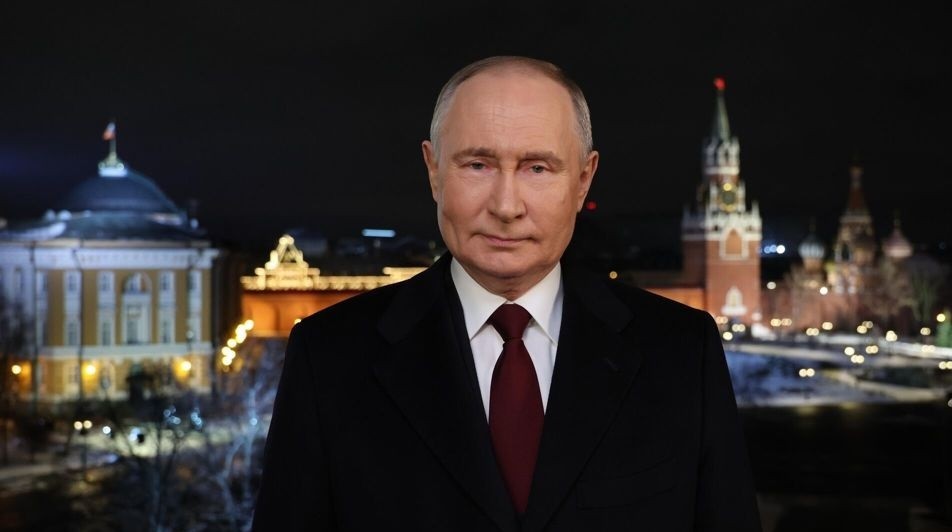Yearender 2023: China battles winter respiratory infection surge amid COVID fallout and policy shifts
 |
This winter’s spike in infections was predicted to be the first in China without COVID-19 restrictions since the epidemic started in 2020. The majority of spikes in disease that occurred when COVID-19 restrictions were eased in other nations were caused by influenza and respiratory syncytial virus (RSV).
Several factors are attributed to this surge in respiratory illnesses in China. Chinese authorities have pointed to the circulation of known pathogens, including influenza, Mycoplasma pneumoniae, respiratory syncytial virus (RSV), and severe acute respiratory syndrome coronavirus 2 (SARS-CoV-2). Media reports also linked the increase to the lifting of COVID-19 restrictions and the onset of colder weather, which typically leads to a spike in respiratory infections.
The Chinese authorities claim that enhanced surveillance for respiratory illnesses has been in place since mid-October, contributing to increased detection and reporting.
They advised that enhanced outpatient and inpatient surveillance has been implemented for respiratory illnesses, covering a broad spectrum of viruses and bacteria, including Mycoplasma pneumoniae for the first time. This complements existing respiratory surveillance mechanisms and may have contributed to the observed increase in the detection and reporting of respiratory illnesses in children, according to the World Health Organization (WHO).
In November, the WHO requested detailed information from China on the rise in respiratory illnesses and pneumonia clusters in children. Chinese authorities from the National Health Commission, at a press conference on November 13, reported an increase in the incidence of respiratory diseases in China. They attributed this increase to the lifting of COVID restrictions and the circulation of known pathogens such as influenza, Mycoplasma pneumonia (a common bacterial infection that typically affects younger children), respiratory syncytial virus (RSV), and SARS-CoV-2 (the virus that causes COVID-19), as per a release issued by the WHO.
On November 22, WHO requested additional epidemiologic and clinical information, as well as laboratory results from these reported clusters among children, through the International Health Regulations mechanism. The WHO requested further information about recent trends in the circulation of known pathogens, including influenza, SARS-CoV-2, RSV, and Mycoplasma pneumoniae, and the current burden on healthcare systems.
Compared to the same period in the preceding three years, northern China has recorded an upsurge in influenza-like sickness since mid-October. The increase in cases led to precautions advised by the WHO, including vaccination, avoiding sick individuals, staying home when sick, testing, seeking medical attention, mask-wearing, ventilation, and handwashing.
When the COVID wave hit the Chinese mainland, the government of China imprisoned or repressed critics of its approach to the coronavirus, and the international backlash against the country’s handling of COVID harmed its relations across the world.
The actions of the Chinese Communist Party (CCP) did not just end there. Earlier, without any plan, the Chinese government had to end its “zero-COVID policy,” as quickly as it was implemented with its stringent measures.
The move came in January this year when China’s healthcare system was facing several hardships and on the verge of collapse as the faulty Covid policies of the Xi Jinping-led Chinese Communist Party (CCP) in the form of draconian zero-COVID policies not only harmed the economy but also failed to control the virus.
In order to contain the spread of the virus, China had imposed “draconian lockdowns” and stringent contact tracing, as well as inhumane behaviour by the CCP officials. Although China’s economy witnessed a significant downfall caused by the restrictions imposed by the CCP, the measures announced by the Chinese government might have prevented deaths.
According to several media reports, confidence in China’s manufacturing and service sectors was at its lowest point since 2020 at the end of 2022. They, however, left a huge percentage of its population without natural immunity from COVID-19, more so as China’s home-grown vaccines were ineffective as a deterrent against the virus and they even failed to protect the people, according to a GeoPolitica.info report.
The country had reversed its Zero COVID policy due to widespread protests in nine cities across China.
China’s COVID-19 containment strategy had affected Chinese people to the extent that it caused major discontent among people in the country, as per the GeoPolitica.info report.
According to the policy, the entire city needed to be put under lockdown, even if a few cases emerged in the region. The WHO has stated that such measures do not help in reducing the number of cases and negatively affect people’s livelihoods.
According to a WHO assessment of the COVID situation in China, there were 31,585 fatalities and more than 10 million verified cases of the disease between January 3, 2020, and December 23, 2022. Between one million and two million deaths are predicted for China in 2023, according to experts.
According to Voices Against Autocracy (VAA), many felt the actual number of COVID deaths was much higher and accused Beijing of underreporting. Even the WHO urged China for “more detailed” data while expressing concern over the underrepresentation of the severity of the viral outbreaks in the country. (ANI)
Recommended
 World
World
Argentine Media Speak Highly of Vietnam's Efforts in Economic Diplomacy
 World
World
Why France Is India’s Best Bet for Building Nuclear-Powered Submarines
 World
World
India hands over defence equipment, stores to Maldives
 World
World
World Leaders Share New Year Message
 World
World
Pakistan witnesses a significant surge in migration
 World
World
UN Rapporteur Expressed Regret over the Pakistani airstrikes in Paktika, Afghanistan
 World
World
Vietnam Prepares for a Dynamic Year at UNESCO in 2025
 World
World
